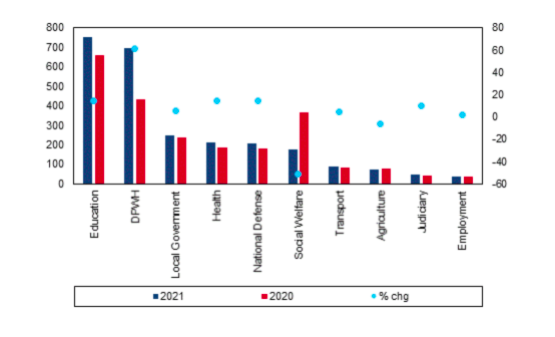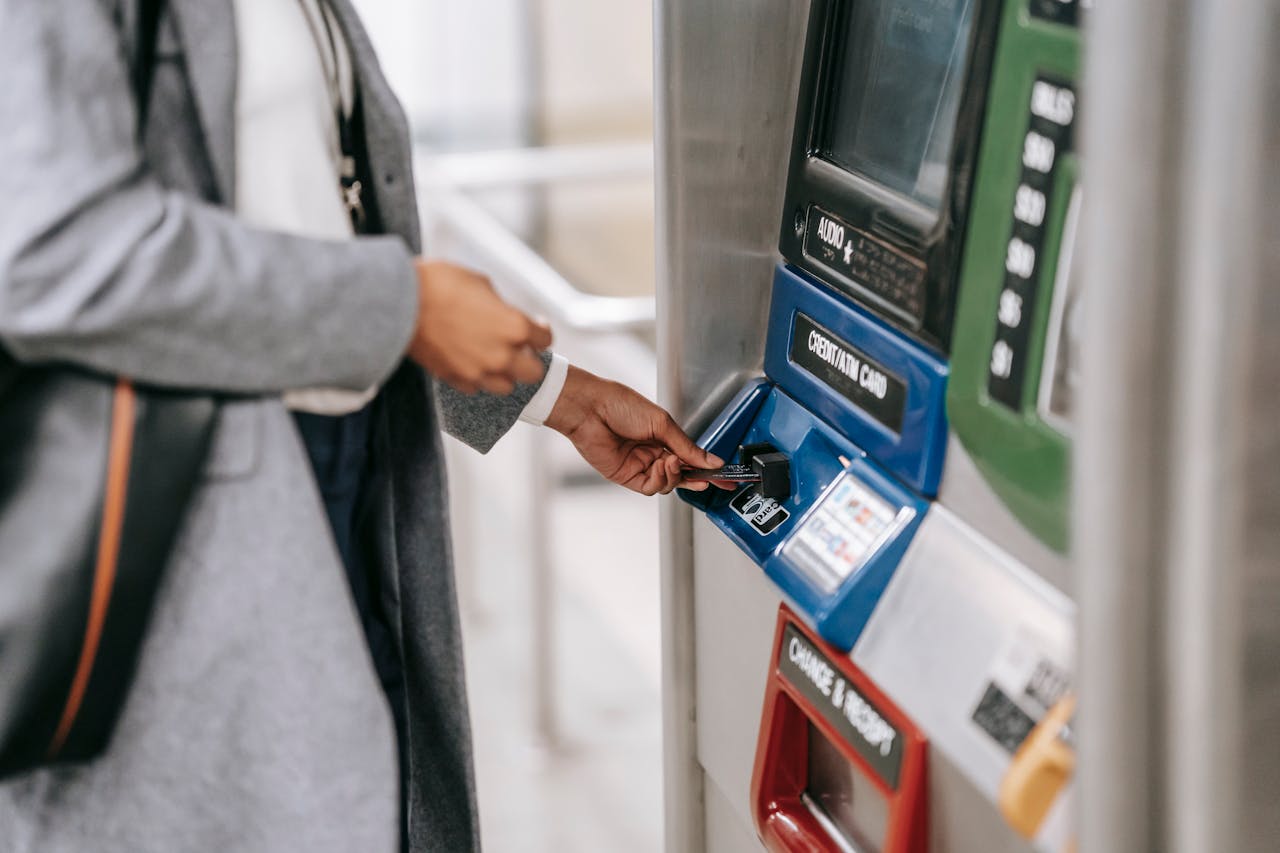

The Philippines' government has approved a total of 9.9 percent increase in expenditure for 2021, following the significant budget deficit previously driven by revenue decline as the country's economy got seriously impacted by the COVID-19 pandemic.
The Bangko Sentral Ng Pilipinas (BSP) provides some deficit funding with transfers of up to 56.9 percent alongside bond purchases.

The newly launched budget would provide essential support for domestic investment activity, particularly the infrastructure sector.
The Department of Public Works and Highways (DPWH) and the Department of Transport have received budget increase injections of 61.3 percent and 4.4 percent, respectively, allowing the departments to focus on developing the Metro Manila Subway Project Phase 1 and the North-South Commuter Railways System.
The project intends to alleviate congestion drag on the country's activities. To date, Infrastructure budget injection remains one of the most highlighted focuses on the 2021 department allocation.
As infrastructure programs continue, so does the country's construction industry. The sector has become the fastest-growing field in the Asia Pacific, seen as the key driver of the Philippines' economic revival through the USD 18.9 billion value of the Build, Build, Build (BBB) program.
Public investments will prioritize small and medium contractors to ram the government's projects while investors' confidence restores.
The private players in the construction industry are also putting their feet on the ground to accelerate digitization and other supporting technologies to enhance efficiency and productivity, further moving towards sustainable infrastructure that is eco-friendly and resiliently competitive in the global market.
The market ambitions would play a role in inviting foreign and private investments to once again indulge in the opportunities of the country's construction sector.
The Philippines has a long marked history of successful long-term capital drawing for infrastructure, domestic and foreign, specifically in power and transportation development.
However, the economic growth remains challenging to continue as long as the country is yet to contain the COVID-19 pandemic.
Having one of the highest fatality rates in the Southeast Asia region, second only to Indonesia, the COVID-19 outbreak remains a considerable threat to the Philippines' programs' continuity.
The poverty level has kept rising amid the pandemic, leaving the Department of Social Welfare and Development at risk of insufficient budget regardless of fund allocation enhancements.
As other countries in the region experience further stages of the COVID-19 outbreak, the Philippines is exposed to the possibility of joining the wagon.
The country relies on domestic demand to organically recover hand-in-hand with national infrastructure plans that would eventually be in synergy to obtain the pre-pandemic domestic activity.
With social spending to cover federal healthcare capacity programs, the government provides liquid transfers for poor households and livelihood education primarily based on virtual implementations.
The measures would hopefully accommodate Philippines' citizens to contribute to economic activities and reawaken domestic trade traffics.
The Asian Development Bank (ADB) expects the country's economy to reach a 5.5 percent expansion in 2022, as they eliminate the rise in inflation and fragile supply factors following last year's economic turbulence.

Leading the Charge: Major Players in SEA’s Digital Lending Market
The fintech lending market in SEA is poised for substantial growth, including digital lending which is set to surpass digital payments as the primary revenue driver for the region's digital financial services sector by 2025, with a compound annual growth rate (CAGR) of 33%. This growth is fueled by the widespread adoption of automated loan origination processes and the seamless integration of financial services into digital platforms.

Unlocking Opportunities in the SEA Digital Financial Services Landscape
In recent years, Southeast Asia (SEA) has emerged as a hotbed for fintech innovation, transforming the financial landscape across its diverse markets. This transformation is characterized by a surge in digital financial services (DFS), revolutionizing how individuals and businesses manage their finances. However, the journey is not without its challenges, and understanding these is crucial for stakeholders aiming to navigate this rapidly evolving sector.

How SEA Startups are Navigating Funding Challenges
The startup ecosystem in Southeast Asia (SEA) has long been a vibrant hub for innovation and growth. However, recent global economic shifts and the aftermath of the COVID-19 pandemic have ushered in a new era of funding challenges.

Challenges for Sustainable Recovery in Southeast Asia
Sustainable recovery in Southeast Asia faces numerous challenges, yet also presents significant opportunities for green growth. Addressing sustainable issues is crucial for achieving a resilient and sustainable future.